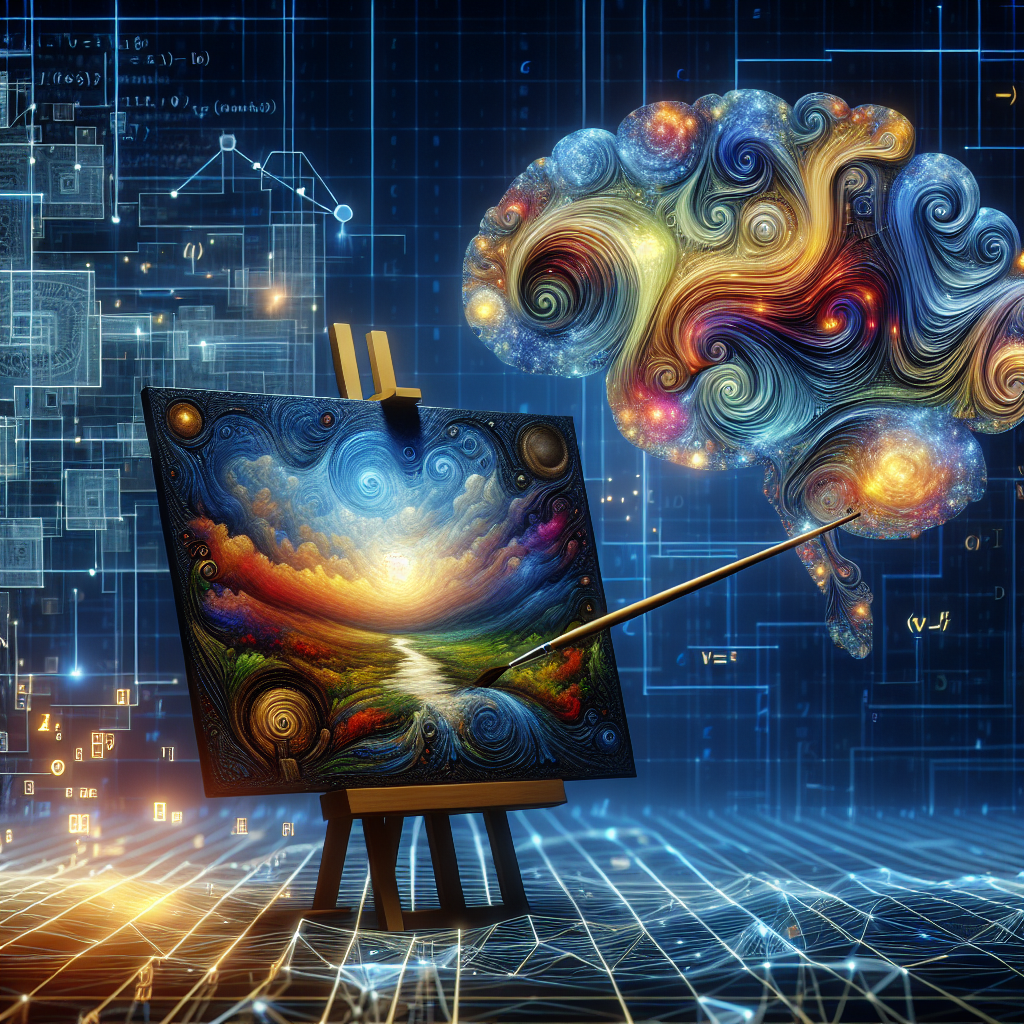Your cart is currently empty!
Behind the Scenes of Generative AI: How Algorithms are Redefining Creativity

Artificial intelligence has been making waves in the creative industries for some time now, with generative AI algorithms redefining the way we think about creativity. These algorithms, which are capable of generating new ideas, images, and even music, are changing the way we approach creative processes and challenging traditional notions of what it means to be creative.
Behind the scenes of generative AI are complex algorithms that are trained on vast amounts of data to learn patterns and rules that govern creative outputs. These algorithms are able to generate new content by analyzing existing examples and using this information to create something new. For example, a generative AI algorithm can analyze a dataset of paintings and then generate new, original artworks based on the patterns it has learned.
One of the key advantages of generative AI is its ability to produce vast amounts of content in a short amount of time. This can be particularly useful in industries such as advertising and marketing, where there is a constant need for fresh, engaging content. Generative AI can help streamline the creative process by automatically generating new ideas and concepts, allowing human creators to focus on refining and developing these ideas further.
Generative AI is also being used in other creative fields, such as music composition and storytelling. For example, some AI algorithms are capable of composing music by analyzing existing pieces and creating new compositions based on these patterns. In the realm of storytelling, generative AI can generate plotlines and characters, providing writers with a starting point for their own creative work.
However, generative AI is not without its challenges. One of the main concerns surrounding these algorithms is the issue of bias. Because generative AI algorithms are trained on existing data, they may inadvertently perpetuate biases present in that data. For example, a generative AI algorithm trained on a dataset of predominantly white faces may struggle to accurately generate images of people of color. This is a significant concern that developers and researchers are working to address in order to ensure that generative AI is as inclusive and diverse as possible.
Despite these challenges, generative AI is opening up new possibilities for creativity and pushing the boundaries of what we think is possible. As algorithms continue to evolve and improve, we can expect to see even more groundbreaking applications of generative AI in the creative industries. From generating new artworks to composing music and writing stories, the possibilities are endless when it comes to the potential of generative AI to redefine creativity.

Leave a Reply